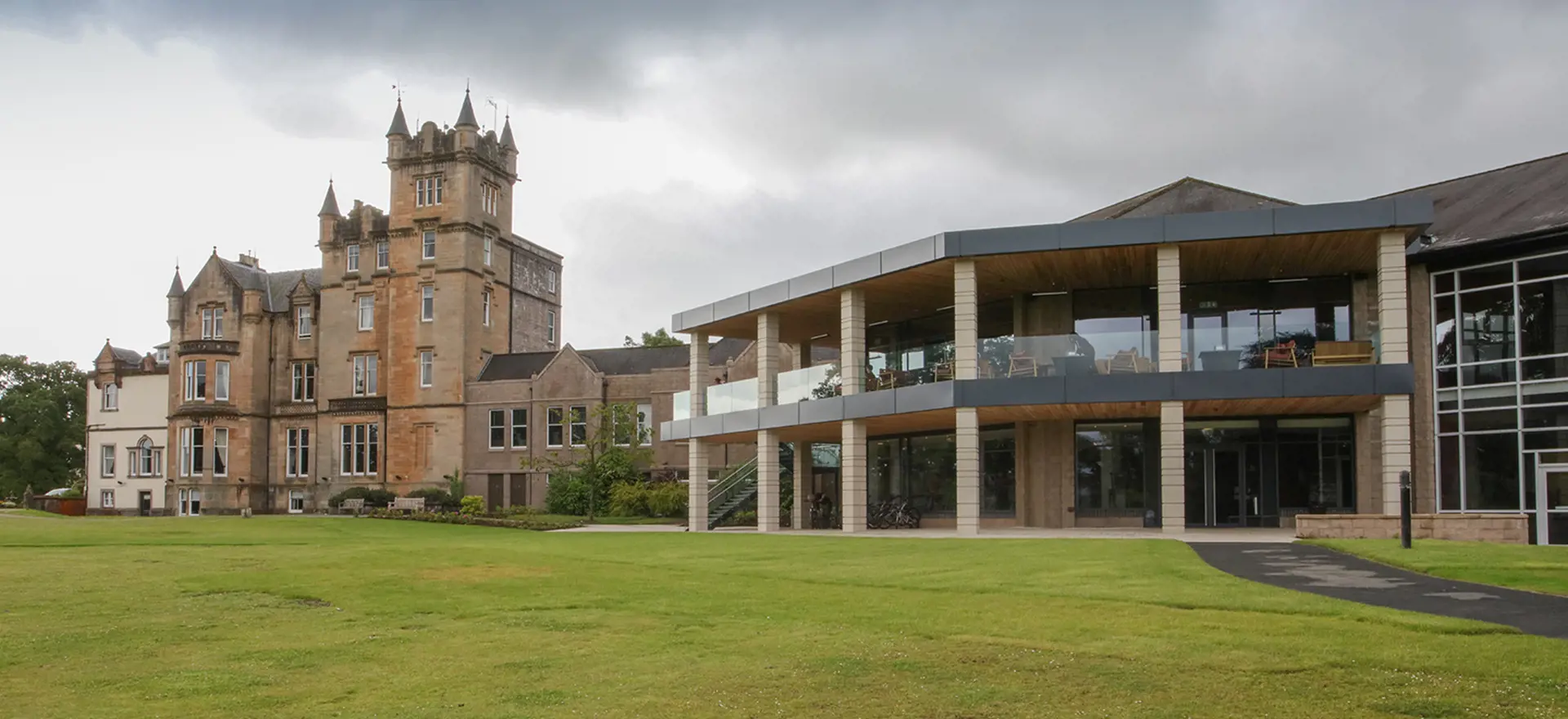Updated 24 September, following a further Government publication
At the end of a week of much speculation about the future or otherwise of the Levelling Up and Regeneration Bill (aka Not the Planning Bill), a new Planning and Infrastructure Bill was announced.
The Government also confirmed that it is in discussion with nearly 40 authorities regarding the creation of new Investment Zones, which “will provide time-limited tax reliefs, and planning liberalisation to support employment, investment, and home ownership”.
These announcements came within and alongside the Government’s Growth Plan 2022, which was presented by the Chancellor and published on 23 September.
The Plan is built around the Government’s aim of achieving an annual average growth rate of 2.5%. As part of its mission to cut taxes, streamline the public sector, and liberate the private sector the Government plans to get the housing market moving and to cut ‘red tape’. It also plans to “accelerate the construction of vital infrastructure projects by liberalising the planning system and streamlining consultation and approval requirements”.
Planning and Infrastructure Bill
The Chancellor noted in his speech that the time taken for Development Consent Order decisions to be made is getting longer. The Government consider that, “Delays are partly a result of a complex patchwork of environmental and regulatory rules, some of which are retained EU law. The government wants to reform and streamline these arrangements to promote growth whilst ensuring environmental outcomes are protected”.
According to the Growth Plan, the Planning and Infrastructure Bill is to provide legislation intended to accelerate priority major infrastructure projects across England, including by:
- “minimising the burden of environmental assessments;
- making consultation requirements more proportionate;
- reforming habitats and species regulation; and
- increasing flexibility to make changes to a Development Consent Order once it has been submitted”.
The Plan observes that the proposed reforms build on changes already underway, including new powers to enable fast track consenting for some projects and faster post-consent changes.
Indeed, new primary and secondary legislation for environmental assessments and habitats and species regulation has been long anticipated in a post-Brexit world – and the Levelling Up and Regeneration Bill (LURB) does make provision for a new environmental assessment process.
If changes to environmental assessments are to be made via this newly-announced primary legislation, does this suggest that it is the Environmental Outcomes Reports proposals in the LURB that could fall away or be amended? Albeit the Environmental Outcomes Reports are proposed for the whole of the UK, whereas the Planning and Infrastructure Bill appears to be for England only.
And regarding the future of the LURB, recent Written Answers by junior Department for Levelling Up, Housing and Communities ministers refer to the ongoing future of that Bill.
The day before the Growth Plan was published, Lee Rowley MP said in response to a question about giving residents greater input on local developments:
“The Government has brought forward a Levelling Up and Regeneration Bill which currently contains proposals to allow communities to understand proposals more easily through making planning more digital and through simplifying the plan-making process. The Bill also currently contains a placeholder clause for ‘street votes’ to give residents a direct way to make their views known on certain proposals. The Bill will continue to be considered by Parliament in the coming months ahead.”
Related to the above, the proposal to make consultation requirements “more proportionate” appears to mean for infrastructure projects, rather than necessarily for all planning applications. Notwithstanding, it is a fairly big shift to a narrative of growth and progress and away from the seemingly core objective of planning reform being higher levels of community engagement, which we have been accustomed to hearing.
Other announcements related to the Bill’s proposals to speed up infrastructure delivery include a non-exhaustive list of infrastructure projects that will be accelerated, with the aim of construction starting on all those projects by the end of 2023. This includes 86 road projects, sixteen local transport projects, ten rail projects, 21 energy projects and two decarbonisation funds.
The Growth Plan 2022 also announced that the Government will be:
“bringing onshore wind planning policy in line with other infrastructure to allow it to be deployed more easily in England”.
Albeit the Government also said via a Written Answer of 23 September that the position regarding onshore wind remains unchanged for now.
The Plan also proposes reforms to accelerate roads delivery, including by consenting more through the Highways Act 1980.
And there is a reference to “altering the system for Judicial Reviews so that lengthy claims can be avoided”, which follows recent reviews and proposed legislation in this regard (see Simonicity).
Investment Zones
The Chancellor has announced that the Government is already in discussion with 38 local and mayoral combined authority areas in England to set up Investment Zones, but also indicated that these represent the “areas keen to be involved now, with more to come”. Within these zones growth and development will be accelerated by liberalising the planning process, among other measures.
Investment Zones will be delivered by the government working in partnership with Upper Tier Local Authorities (UTLAs) and Mayoral Combined Authorities (MCAs). It will be each area's responsibility to promote sites and show the potential economic benefit of development in the area. There has also been further commitment to establishing Freeports and the Government will work with local partners involved in current and prospective Freeports to consider how Investment Zones can benefit them.
Particularly relevant to planning are the proposals for accelerated development:
“There will be designated development sites to deliver growth and housing. Where planning applications are already in flight, they will be streamlined and we will work with sites to understand what specific measures are needed to unlock growth, including disapplying legacy EU red tape where appropriate. Development sites may be co-located with, or separate to, tax sites, depending on what makes most sense for the local economy”.
It is not immediately clear how one lawfully streamlines a planning application that is already “in flight”. The intention might be that this applies to identified sites, rather than currently live planning applications; the Plan also refers to “the streamlined mechanism for securing planning permission” - this may have simply been a turn of phrase, given guidance now published (see below).
The Government is yet to provide detail on the scale of deregulation but noted that they will seek to work with devolved administrations and local partners to introduce Investment Zones across the UK “as quickly as possible”.
The Plan promises that the Department for Levelling Up, Housing and Communities will shortly set out more detail on the planning offer.
Accordingly, on 24 September, the Government published guidance on Investment Zones in England, which sets out the in-principle policy offer from the government to all MCAs and UTLAs in England, whether they have been involved in earlier discussions or not.
It says:
"For developments in the early stages of planning, and to encourage new development to come forward, there will be a new faster and more streamlined consent to grant planning permission. This consent will reduce many of the burdensome requirements which has made the planning of large sites slower and more complex than it should be, to enable developers to bring forward good quality development which responds to the market. In particular, we will:
- remove burdensome EU requirements which create paperwork and stall development but do not necessarily protect the environment;
- focus developer contributions on essential infrastructure requirements;
- reduce lengthy consultation with statutory bodies; and
- relax key national and local policy requirements.
Key planning policies to ensure developments are well designed, maintain national policy on the Green Belt, protect our heritage, and address flood risk, highway and other public safety matters - along with building regulations - will continue to apply.
For developments which already have permission, we will work with developers and local planning authorities to ensure planning is not a barrier to the accelerated delivery of these sites. All Investment Zones will have a mandate to boost growth; in Zones, the planning system will not stand in the way of investment and development". (Emphasis is in the Guidance).
The Government has identified the 38 authorities it has started discussions with regarding an Investment Zone being designated in their area and has identified the areas it considers to be “illustrative sites that may have the potential to accelerate growth and deliver housing in the way the Investment Zone programme envisage”.
MCA or UTLA-funded development corporations or dedicated delivery vehicles could be established, provided they do not slow down development.
Primary legislation is required in order to enable the offer on tax and simplified regulations.
A fact sheet provides a summary of how Investment Zones are intended to work was published on 23 September.







